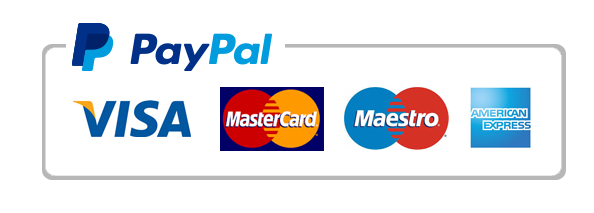W2 R see attachment
Make a follow-up of a student's weekly discussion and respond with your opinion regarding to her post
——You don't have to post this in APA format necessarily, it's just giving feedback to the student .
What are the potential ethical and legal implications for each of the following practice members?
Medical assistant
The medical assistant engaged in unethical behavior by refilling a prescription without proper authorization. Her action can potentially harm the patient if the medication is no longer appropriate or if there are contraindications.
Her actions violate state laws and regulations related to prescribing and dispensing medications without proper authorization.
Nurse Practitioner
The NP should thoroughly investigate the situation and address any ethical concerns related to patient care, including the appropriateness of the prescription refill and the potential breach of trust. The National Health Care Anti-Fraud Association estimates three percent of all healthcare spending is lost to fraudulent transactions (Haddad Soleymani et al., 2018).
The NP's name was used on the prescription label without their knowledge and it must clarify this discrepancy and ensure compliance with prescription laws and regulations. At this point, the NP doesn't know if this has happened with other patients and it must be addressed.
Medical Director
The medical director has the ethical responsibility to address the situation promptly, ensuring that the practice's standards for ethical and legal behavior are upheld.
Practice
The practice as a whole has an ethical obligation to provide high-quality, safe patient care. Any lapses in ethical standards may erode trust and confidence. Healthcare professionals must follow structured policies and procedures (Kadivar et al., 2017).
The practice should ensure that all staff members comply with legal requirements regarding prescription renewal.
What strategies would you implement to prevent further episodes of potentially illegal behavior?
Reinforce the importance of adhering to legal and ethical standards during training and ongoing education for medical assistants.
Implementing stick protocols for prescription renewals including requiring direct provider authorization and documentation.
According to the Department of Health and human services (2011), it is important to implement regular audits or checks of prescription practices to identify any irregularities.
Foster a culture of openness, where staff members feel comfortable reporting any ethical or legal concerns without fear of retaliation.
Medicare prescription drug sponsors’ training to prevent fraud, waste, and abuse. (2011). Department of Health and Human Services, Office of Inspector General.
Haddad Soleymani, M., Yaseri, M., Farzadfar, F., Mohammadpour, A., Sharifi, F., & Kabir, M. J. (2018). Detecting medical prescriptions suspected of fraud using an unsupervised data mining algorithm.
Daru,
26(2), 209–214.
https://doi.org/10.1007/s40199-018-0227-zLinks to an external site.
Kadivar, M., Manookian, A., Asghari, F., Niknafs, N., Okazi, A., & Zarvani, A.
(2017). Ethical and legal aspects of patients safety; a ckunucak case report. Journal of Medical Ethics and History of Medicine, 10, 15-.

